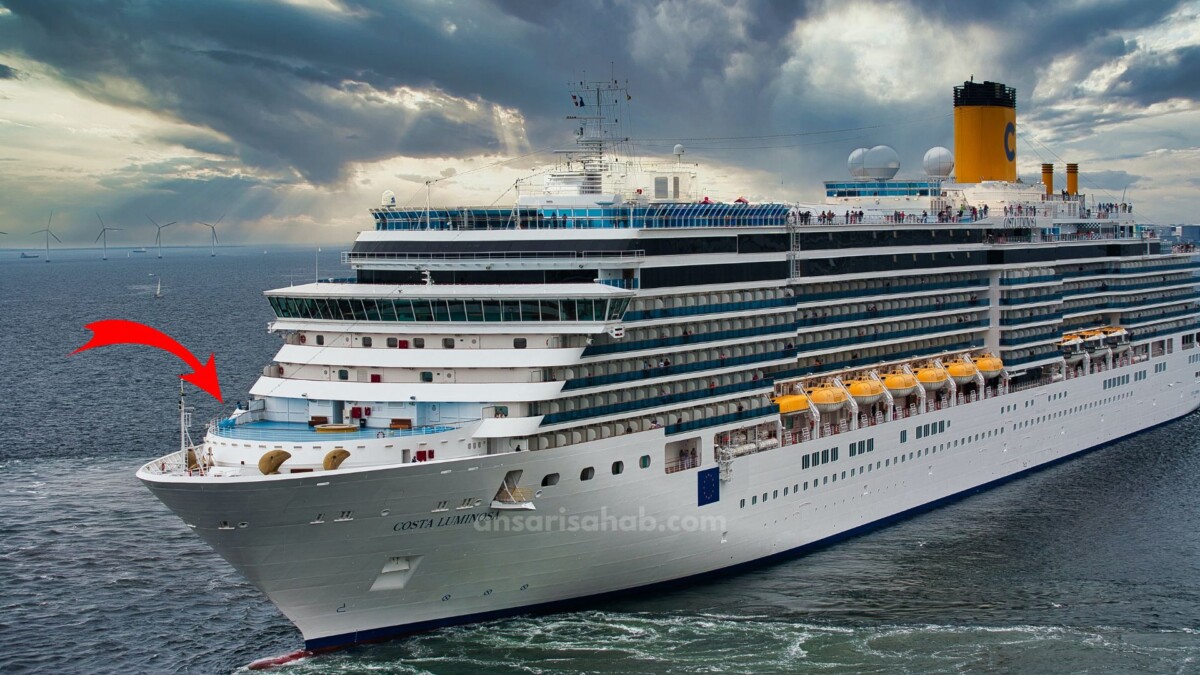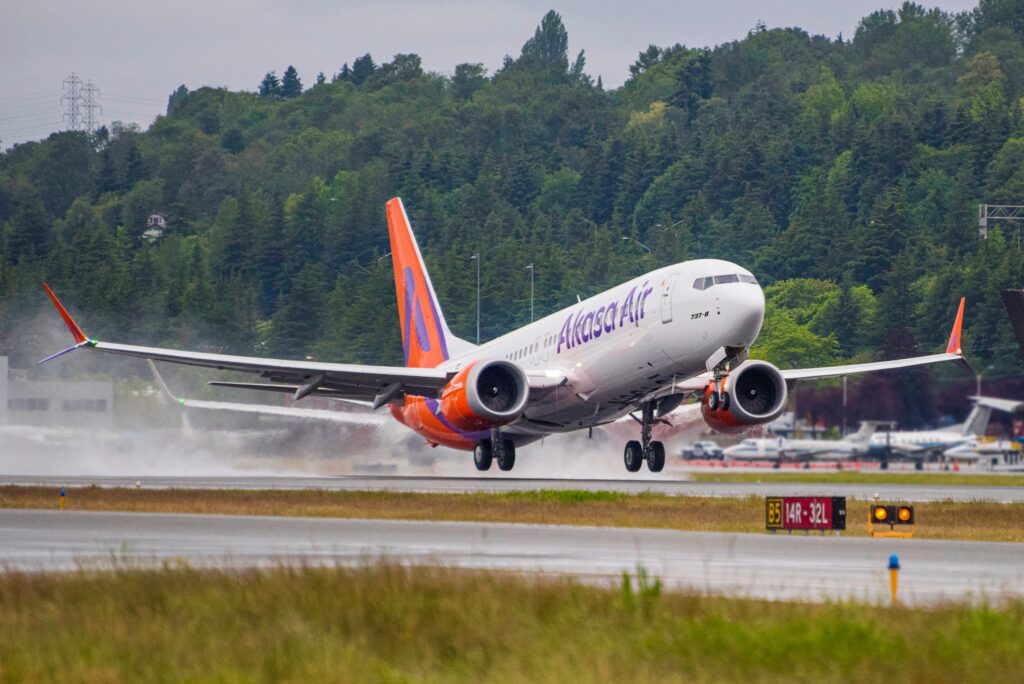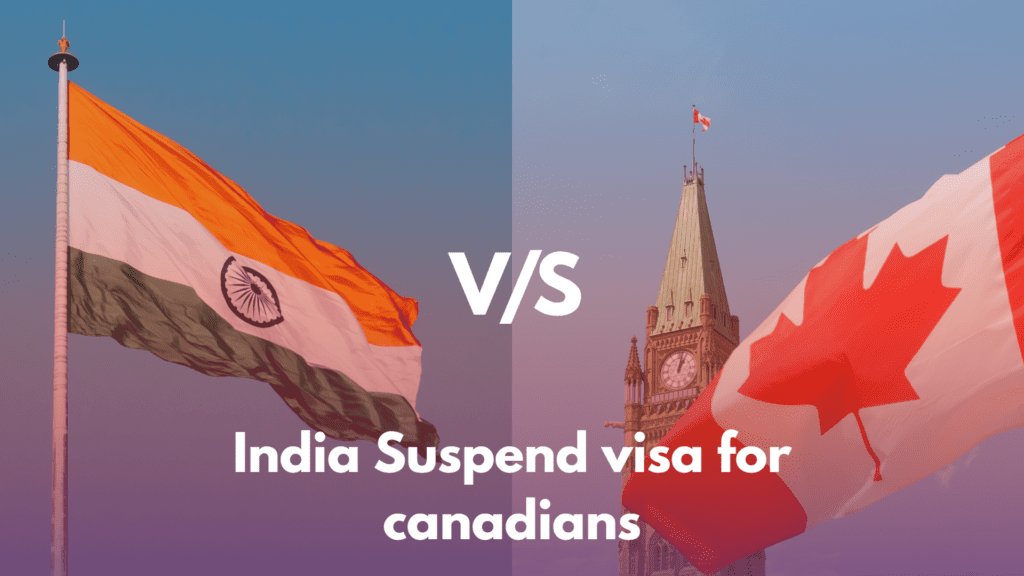The allure of cruise vacations often masks the potential dangers that lurk beneath the surface. The recent disappearance of Tyler Barnett, a 28-year-old man from Houma, Louisiana, who allegedly jumped overboard from the Carnival Glory cruise ship, sheds light on the serious issue of man overboard incidents in the cruise industry. In this comprehensive review, we will delve into the details of Barnett’s case, explore the broader context of man overboard incidents, and discuss the safety measures implemented by cruise lines.
Understanding the Tyler Barnett Incident
Tyler Barnett’s disappearance from the Carnival Glory on November 13, 2023, has left his family devastated and raised concerns about safety on cruise ships. According to Carnival Cruise Line, multiple reviews of surveillance footage confirmed that Barnett jumped from Deck 4 at approximately 1:40 a.m. The Coast Guard initiated a search and rescue operation, but severe weather conditions forced the suspension of the search overnight.
The search for Barnett resumed on Tuesday morning, focusing on the waters off the coast of Mexico, where the Carnival Glory was sailing at the time of the incident. Despite the efforts of the Coast Guard, Barnett was not found, leaving his family in disbelief and searching for answers.
Cruise Ship Safety Measures
The tragic incident involving Tyler Barnett prompts a closer look at the safety measures in place on cruise ships and the persistent challenge of preventing man overboard incidents.
CCTV Cameras: Cruise lines, including Carnival, invest in extensive closed-circuit television (CCTV) systems to monitor various areas of the ship. These cameras are crucial in reviewing and investigating incidents such as man overboard cases.
Life Jackets: Cruise ships are equipped with life jackets for all passengers, and safety drills are conducted at the beginning of each cruise to familiarize passengers with emergency procedures.
Safety Drills: Mandatory safety drills provide passengers with essential information on emergency procedures, including the location of life jackets and assembly points in case of an evacuation.
Man Overboard Response Teams: Cruise lines maintain dedicated man overboard response teams trained to act swiftly in the event of an incident. These teams work in coordination with the Coast Guard to conduct search and rescue operations.
Alcohol Consumption and Mental Health Support: The role of alcohol consumption and mental health issues in man overboard incidents cannot be ignored. Cruise lines need to address these factors by promoting responsible alcohol consumption and providing adequate mental health support for passengers.
Read Also: UAW Ford Production Workers in Kentucky and Louisville Vote Against New Labor Deal
The Broader Context of Man Overboard Incidents
Man overboard incidents are a significant challenge for the cruise industry, with an average of 18.8 incidents reported annually between 2000 and 2019, according to the Maritime Accident Investigation Branch (MAIB). The study also highlighted that 77.5% of these incidents resulted in fatalities.
Factors contributing to man overboard incidents include alcohol consumption, mental health issues, and slips and falls. Cruise lines continue to refine safety protocols, but the persistent nature of these incidents underscores the need for ongoing vigilance and improvements.
Preventing Man Overboard Incidents: A Call to Action
As the cruise industry grapples with the recurring issue of man overboard incidents, it is imperative to take proactive steps to enhance passenger safety. Here are some suggested measures:
- Alcohol Consumption Awareness: Cruise lines should implement measures to monitor and limit alcohol consumption, particularly in situations where it may compromise passenger safety.
- Enhanced Mental Health Support: Recognizing the impact of mental health on passenger well-being, cruise lines should invest in comprehensive mental health support services, including counseling resources and awareness campaigns.
- Continuous Safety Training: Regular safety training drills for both passengers and crew members should be conducted to ensure everyone is well-prepared for emergency situations.
- Technological Innovations: Embrace emerging technologies, such as advanced surveillance systems and smart sensors, to enhance onboard safety and quickly detect and respond to potential incidents.
Conclusion
The disappearance of Tyler Barnett is a tragic reminder of the challenges the cruise industry faces in ensuring passenger safety. While cruise lines have implemented various safety measures, man overboard incidents persist, necessitating a comprehensive and collaborative approach to address underlying factors. By prioritizing alcohol consumption awareness, mental health support, continuous safety training, and technological innovations, the industry can work towards minimizing the risks associated with cruise ship travel.
Additional Information
Here are some additional details regarding man overboard incidents and Tyler Barnett’s case:
- Frequency of Man Overboard Incidents: The MAIB study revealed that man overboard incidents are the second most common type of fatal accident on cruise ships.
- International Waters: The majority of man overboard incidents occur in international waters, where regulatory oversight may be less stringent.
- Contributing Factors: Besides alcohol consumption, mental health issues, and slips and falls, other factors contributing to man overboard incidents may include intentional acts.
- Coast Guard Cooperation: Cruise lines must strengthen their collaboration with the Coast Guard to ensure swift and effective responses to incidents at sea.
The disappearance of Tyler Barnett is a tragic event that underscores the need for continuous improvement in cruise ship safety. By addressing the root causes of man overboard incidents and implementing proactive measures, the industry can enhance passenger safety and prevent future tragedies.









